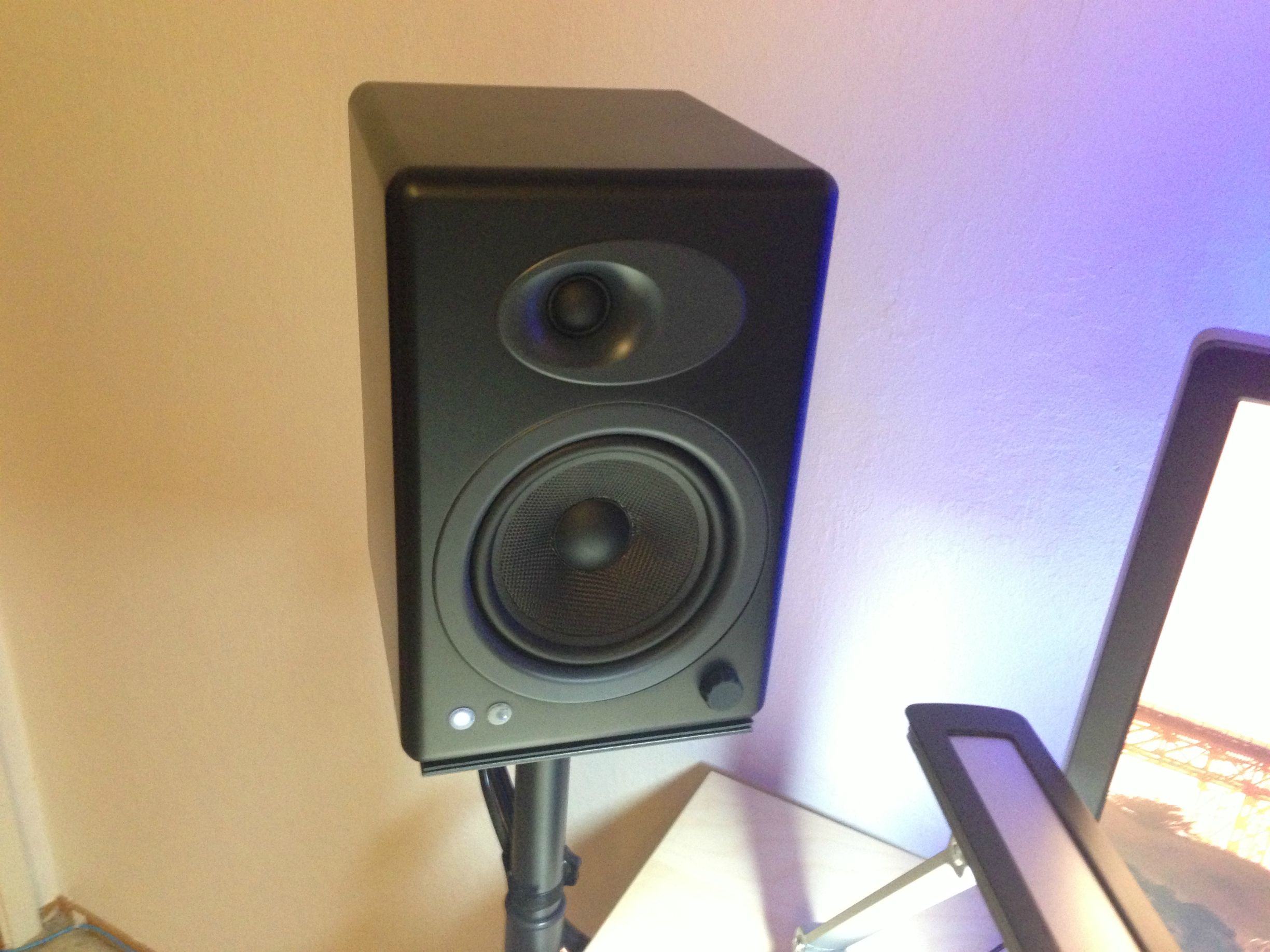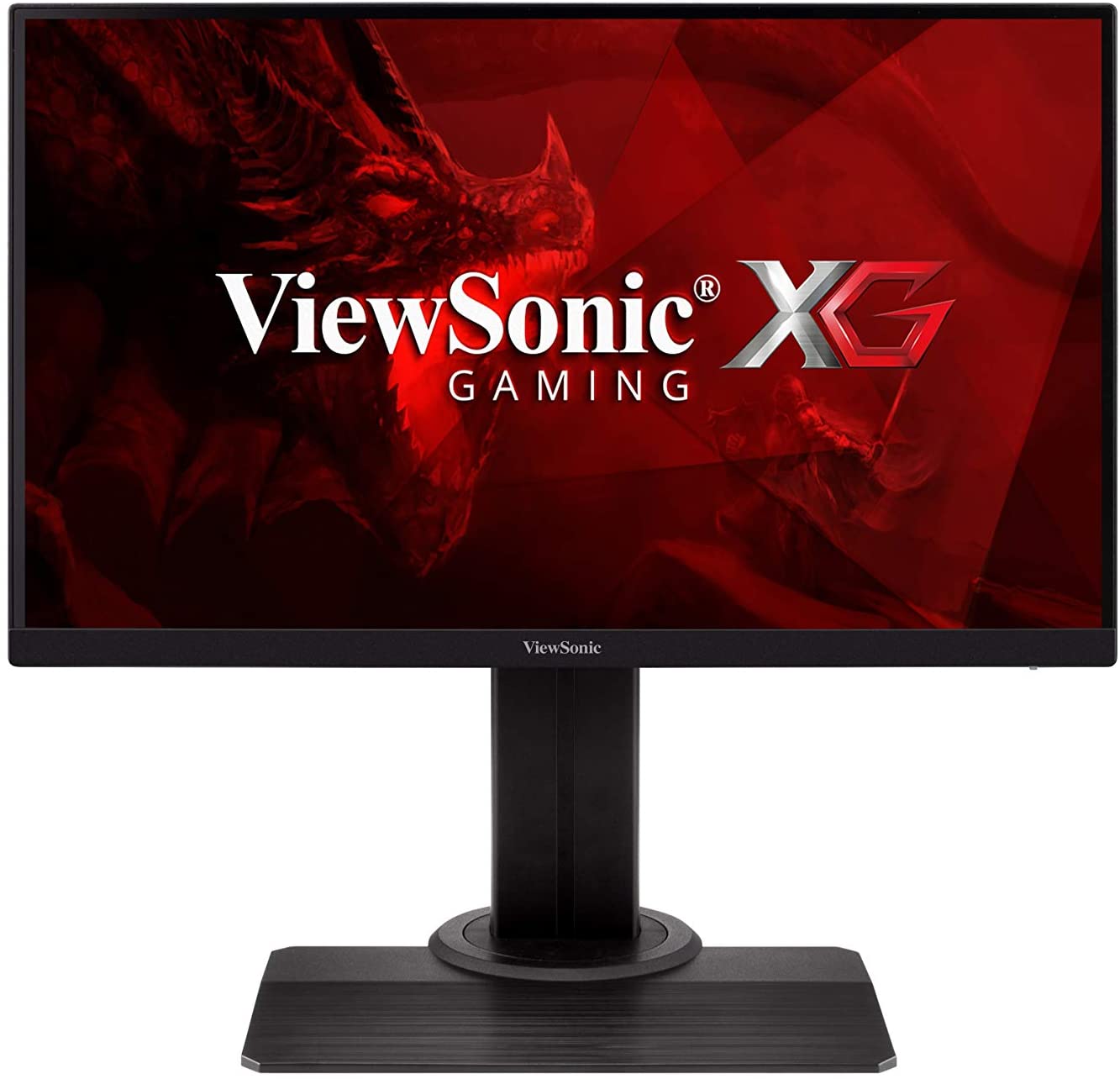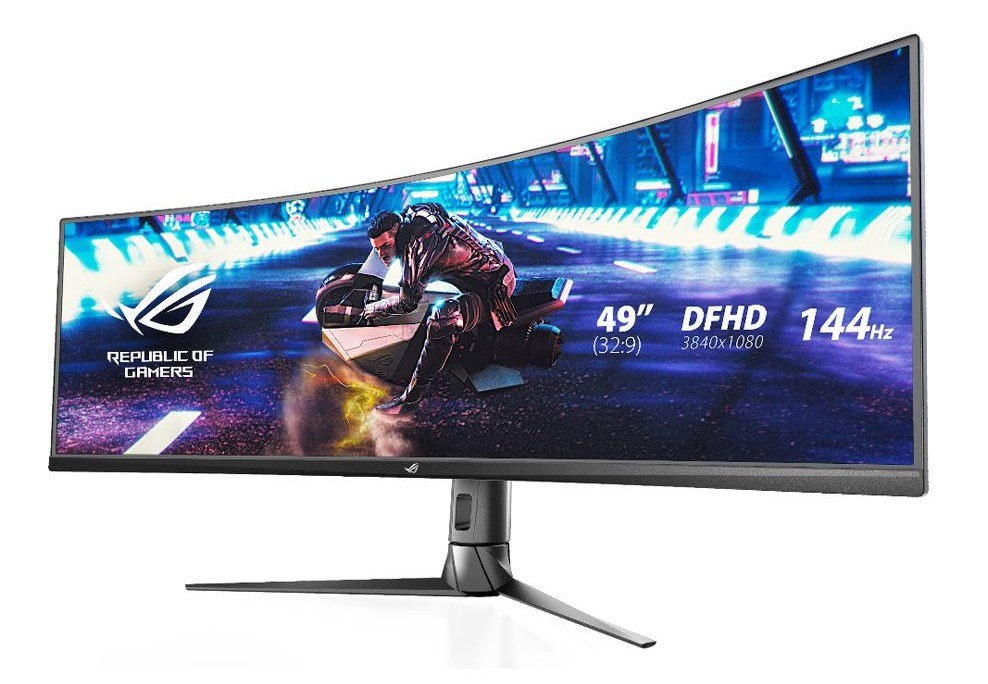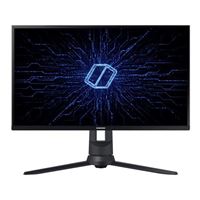
Don’t get us wrong, Samsung G5 delivers exceptional performance for the price, but the gap in technology is too great in G8’s favor. The G8 is a newer model, and with its QD-OLED panel, better refresh rate, and an abundance of handy features and benefits the G5 lacks. Performance-wise, it’s as you can expect. Plus, with CoreSync and Core Lighting+, you can customize the backlighting to your heart’s content with a glowing orb on the back of the monitor. The G8’s QD-OLED panel guarantees authentic, eye-popping colors and the deepest of deep blacks with its 1,000,000:1 contrast ratio. Premium Pro also offers what the lesser FreeSync versions don’t, and that is HDR support.


It’s got AMD FreeSync Premium Pro support, which means even smoother gameplay and a reduction in input lag. And let’s not forget the low 0.03ms response time – that’s practically instantaneous!īut the G8’s not done yet. With a 34-inch QD-OLED panel, 3440×1440 resolution, and a 175Hz refresh rate, you’ll be able to see every tiny detail and move with breathtaking clarity. The G8 is Samsung’s first OLED gaming monitor, and boy does it pack a punch. The G5’s response time is a respectable 1ms, so you can react lightning-fast to all those in-game surprises.īut what about the G8, you ask? Well, hold onto your hats, because this is where things get wild. It’s also got AMD FreeSync technology, which means free-flowing gameplay and less screen tearing.

This battle-tested stallion comes in two sizes, 27 and 32 inches, and boasts a 2560×1440 resolution with a 144Hz refresh rate. Read Now: Best 4K HDR Monitor In 2023 (Mini-LED, gaming, OLED)įirst up, let’s take a look at the Samsung G5.Enter – the Samsung G5 and the OLED Samsung G8. While this comparison might not go well for one side, the margins are what we are interested in.

How’s the spring going? At ours, we’ve decided to test two of Samsung’s best monitors against each other, to the difference.


 0 kommentar(er)
0 kommentar(er)
